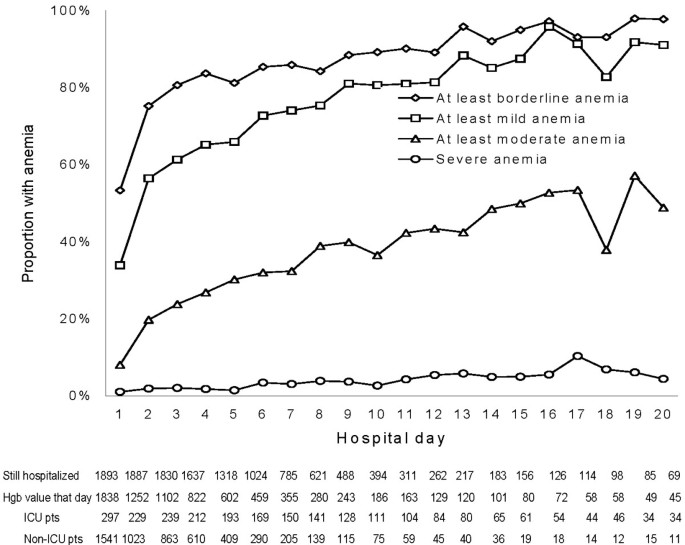


Noninfectious/non-neoplastic causes of round pneumonias include atelectasis and congenital bronchopulmonary sequestration, which usually occurs at the lung bases, more commonly on the left. In others, round densities are often an incidental finding on chest x-rays. Patients with round pneumonias due to infection often present with antecedent symptoms of fever and cough for 1–2 weeks. Repeat chest x-ray taken 8 weeks later demonstrated near resolution of the round pneumonia ( Fig.

He was treated empirically for 6 weeks with doxycycline, which has activity against all of the infectious causes of round pneumonias. Blood, urine, and sputum cultures were negative. Q fever phase I and II antigens were negative. Cold and febrile agglutinins were negative, Anti-smooth muscle antibody titers were negative. Urine legionella antigen, legionella species titer, and Mycoplasma pneumoniae and Chlamydia pneumoniae immunoglobulin-M (IgM) and IgG titers were negative. Figure 1 shows his admission chest x-ray. Procalcitonin level was 0.11 mg/mL (normal 0–0.5 mg/mL). His serum ferritin level was 407 ng/mL (normal 14–235 ng/mL), alanine aminotransferase was 22 IU/L (normal 4–36 IU/L), aspartate aminotransferase 22 IU/L (normal 13–39 IU/L), and alkaline phosphatase 55 IU/L (normal 25–100 IU/L). The erythrocyte sedimentation rate was 104 mm/h. His physical examination was unremarkable except for tachycardia and right upper lobe rales.Ĭomplete blood count revealed a white blood cell count of 14.4 ×10 3/mL, a hemoglobin of 9.9 g/dL, a hematocrit of 28.9%, and a platelet count of 406 ×10 3/mL. Vital signs revealed a temperature of 37.9☌, a pulse 108 beats/min, a blood pressure of 137/71 mm/Hg, and a breathing frequency of 18 breaths/min. His physician performed a chest x-ray in the office, which was abnormal, and the patient was referred to our institution for diagnostic work-up. His past medical history included hypertension and schizophrenia, well controlled on medication. He reported no recent travel, sick contacts, animal contacts, or environmental exposures. 1, 2Ī 50-year-old male presented to his primary care physician with cough, fever, malaise, myalgias, and shortness of breath that began 1 week before admission. In adults the usual diagnostic challenge of a round pneumonia is to differentiate bacterial pneumonia from bronchogenic carcinoma. There are many potential causes of round pneumonia, some of which are infectious and others are mimics of pneumonia. Infiltrates may contain calcifications or be spiculated. Cavitation is not a usual feature of round pneumonias. Most round pneumonias are small and solitary, but others are multiple and may be larger. Round pneumonias may be accompanied by air bronchograms, and are usually located in the lower lobes of the lung. Round pneumonias are probably frequently undiagnosed in the adult population, The appearance of such a pneumonia on chest x-ray may be round or oval, the borders may be smooth or lobulated. First recognized in children, round pneumonias were due to Streptococcus pneumoniae or Haemophilus influenzae. Round pneumonias have rarely been reported. Round pneumonia is a term referring to round or oval densities on chest x-ray.


 0 kommentar(er)
0 kommentar(er)
